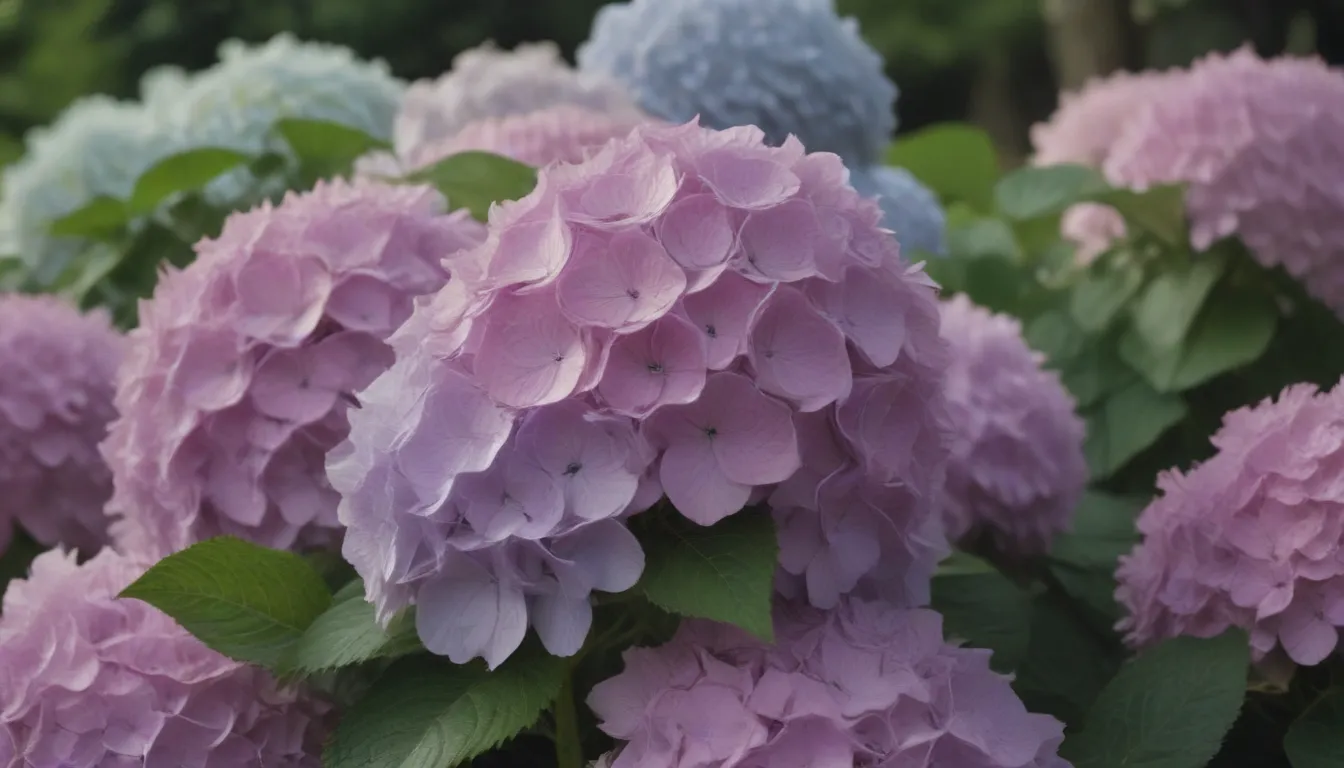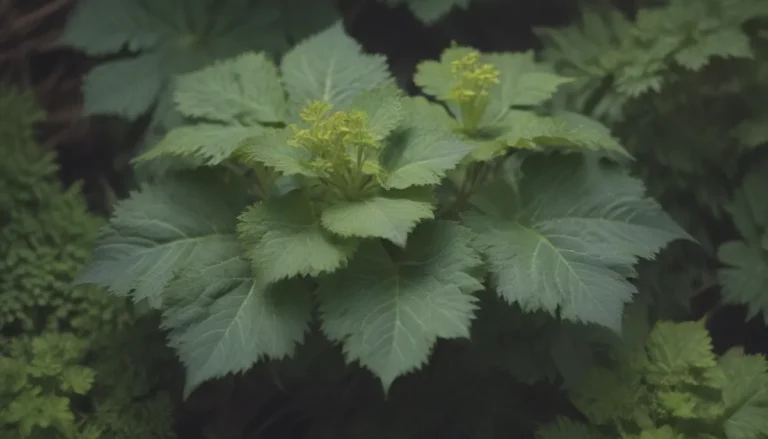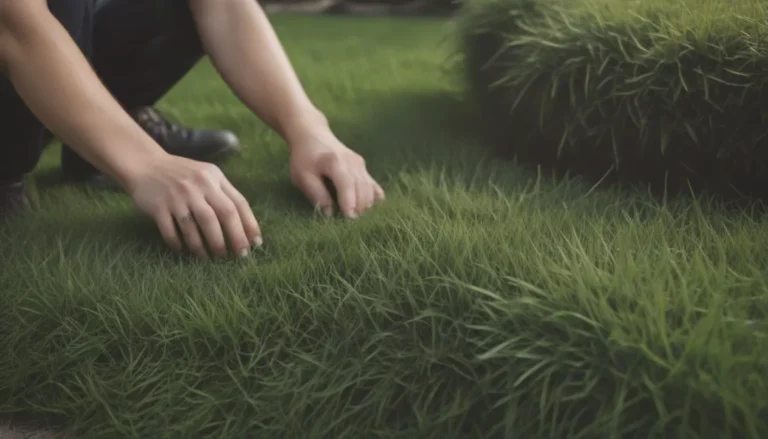The Ultimate Guide to Growing and Caring for Smooth Hydrangeas

Hydrangeas are a favorite among gardeners due to their stunning flowers and easy care. While there are many species of hydrangeas, the smooth hydrangea (Hydrangea arborescens) stands out for its fast growth and compact size. In this comprehensive guide, we will delve into everything you need to know about how to grow and care for smooth hydrangeas to ensure they thrive in your garden.
Smooth Hydrangea Care Tips
Here are the essential growing requirements to keep your smooth hydrangeas healthy and blooming beautifully:
Light
Smooth hydrangeas prefer partial shade with dappled sunlight. While they can tolerate full sun, it’s crucial to provide shade from the hot afternoon sun in southern regions.
Soil
These versatile shrubs can grow in various soil conditions as long as the soil is moist and well-drained. However, they thrive best in loamy, rich, and acidic soils.
Water
In hot, dry regions or when grown in full sun, smooth hydrangeas require regular watering. Keep the soil moist by providing supplemental irrigation and mulching to retain moisture.
Temperature and Humidity
Smooth hydrangeas are cold-hardy but may need protection during extremely cold winters. They prefer daytime temperatures around 70 degrees Fahrenheit and thrive in high humidity while being shielded from strong winds.
Fertilizer
Feed your smooth hydrangeas with a balanced, all-purpose fertilizer in spring to promote healthy growth and abundant blooms. Opt for a phosphorous-rich fertilizer for increased flower production, but avoid excessive nitrogen, which can hinder blooming.
Types of Smooth Hydrangeas
There are several cultivars of Hydrangea arborescens available, each with its unique characteristics. Some popular options include:
- Incrediball Hydrangea (Hydrangea arborescens ‘Abetwo’ Incrediball)
- Invincibelle Spirit Hydrangea (Hydrangea arborescens ‘NCHA1 Invincibelle Spirit’)
- Hayes Starburst Hydrangea (Hydrangea arborescens ‘Hayes Starburst’)
Pruning and Propagating Smooth Hydrangeas
Smooth hydrangeas bloom on new wood, making pruning simple. You can prune them to the ground in winter or early spring or trim weak and damaged stems. Propagate smooth hydrangeas from cuttings, either root or stem, for fast and easy new plants.
Overwintering and Pest Control
During winter, protect outdoor smooth hydrangeas by wrapping and covering them or bringing potted plants indoors. Keep an eye out for common pests like aphids, Japanese beetles, and spider mites, as well as fungal diseases like powdery mildew.
Encouraging Blooms and Addressing Common Issues
Ensure your smooth hydrangeas bloom abundantly by providing adequate sunlight and avoiding high nitrogen fertilizers. Address common issues like yellowing leaves due to nutrient deficiencies or drooping leaves from excessive moisture or sun exposure.
Panicle Hydrangeas: A Different Species
While smooth hydrangeas are compact and fast-growing, panicle hydrangeas (Hydrangea paniculata) stand out for their tall stature and unique cone-shaped blooms. These plants can reach up to 15 feet in height and bloom later in the summer, offering a different aesthetic than smooth hydrangeas.
In conclusion, smooth hydrangeas are a delightful addition to any garden, offering beautiful blooms and easy care requirements. By following the tips and guidelines outlined in this guide, you can ensure your smooth hydrangeas thrive and provide years of enjoyment in your outdoor space. Whether you’re a seasoned gardener or just starting, these versatile shrubs are a fantastic choice for adding color and interest to your landscape.





